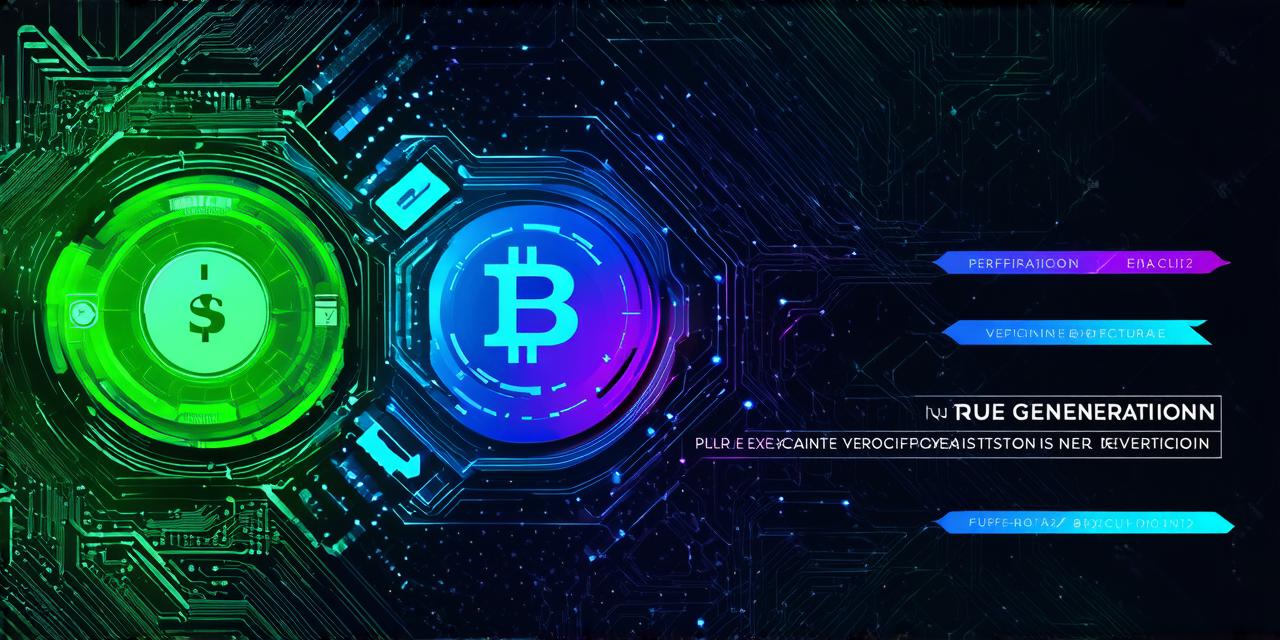Blockchain is a secure and decentralized way to store and transfer data. It’s based on a distributed ledger technology that records transactions in a transparent and immutable way, making it resistant to fraud and hacking.
While blockchain has many benefits, there are also some misconceptions about it that you should be aware of. In this article, we will explore three common misconceptions about blockchain and debunk them with evidence and real-life examples.

Misconception 1: Blockchain is only for cryptocurrencies like Bitcoin
One of the most widespread misconceptions about blockchain is that it’s only for cryptocurrencies like Bitcoin. However, this couldn’t be further from the truth.
While blockchain technology did originate with Bitcoin, it has since evolved to become a versatile and powerful tool for a wide range of applications beyond just digital currency.
For example, blockchain is being used in the supply chain industry to improve transparency and traceability. By using a blockchain-based system, companies can track products from production to delivery, ensuring that they are ethically sourced and meet quality standards. This not only improves customer trust but also helps businesses avoid fraud and reduce costs.
In addition, blockchain is being used in the healthcare industry to securely store and share patient data. By using a decentralized system, patients can have more control over their own health information, while doctors and other healthcare providers can access it quickly and easily. This has the potential to improve patient outcomes and reduce medical errors.
Misconception 2: Blockchain is slow and expensive
Another common misconception about blockchain is that it’s slow and expensive. While it’s true that some blockchain networks, like Bitcoin, can be slow and expensive to use, this doesn’t apply to all blockchain platforms.
Many modern blockchain platforms, like Ethereum and Hyperledger, are designed to be fast and cost-effective for a wide range of applications.
For example, Ethereum is a popular platform for building decentralized applications (dApps) that run on smart contracts. Smart contracts allow businesses to automate complex processes and reduce the need for intermediaries, which can save time and money. While Ethereum does have some gas fees associated with it, these are relatively low compared to other blockchain networks and can be offset by the cost savings that smart contracts provide.
Misconception 3: Blockchain is only for tech-savvy people
Finally, many people believe that blockchain technology is only for tech-savvy people who understand complex programming languages and cryptography. However, this couldn’t be further from the truth.
While there are certainly some technical aspects to understanding blockchain, there are also many user-friendly tools and platforms available that make it accessible to a wider audience.
For example, there are many blockchain-based platforms that allow users to create and manage their own digital assets, like non-fungible tokens (NFTs) and decentralized finance (DeFi) applications. These platforms often have simple, drag-and-drop interfaces that make it easy for anyone to get started with blockchain technology.
In addition, there are many educational resources available online that can help you learn more about blockchain and its potential applications. From online courses to tutorials to books, there’s something out there for everyone who wants to learn more about this fascinating technology.
Summary
While there may be some misconceptions about blockchain technology, the reality is that it has the potential to revolutionize many industries and improve the way we live and work. From supply chain management to healthcare to finance, blockchain is a powerful tool for businesses and individuals alike.
